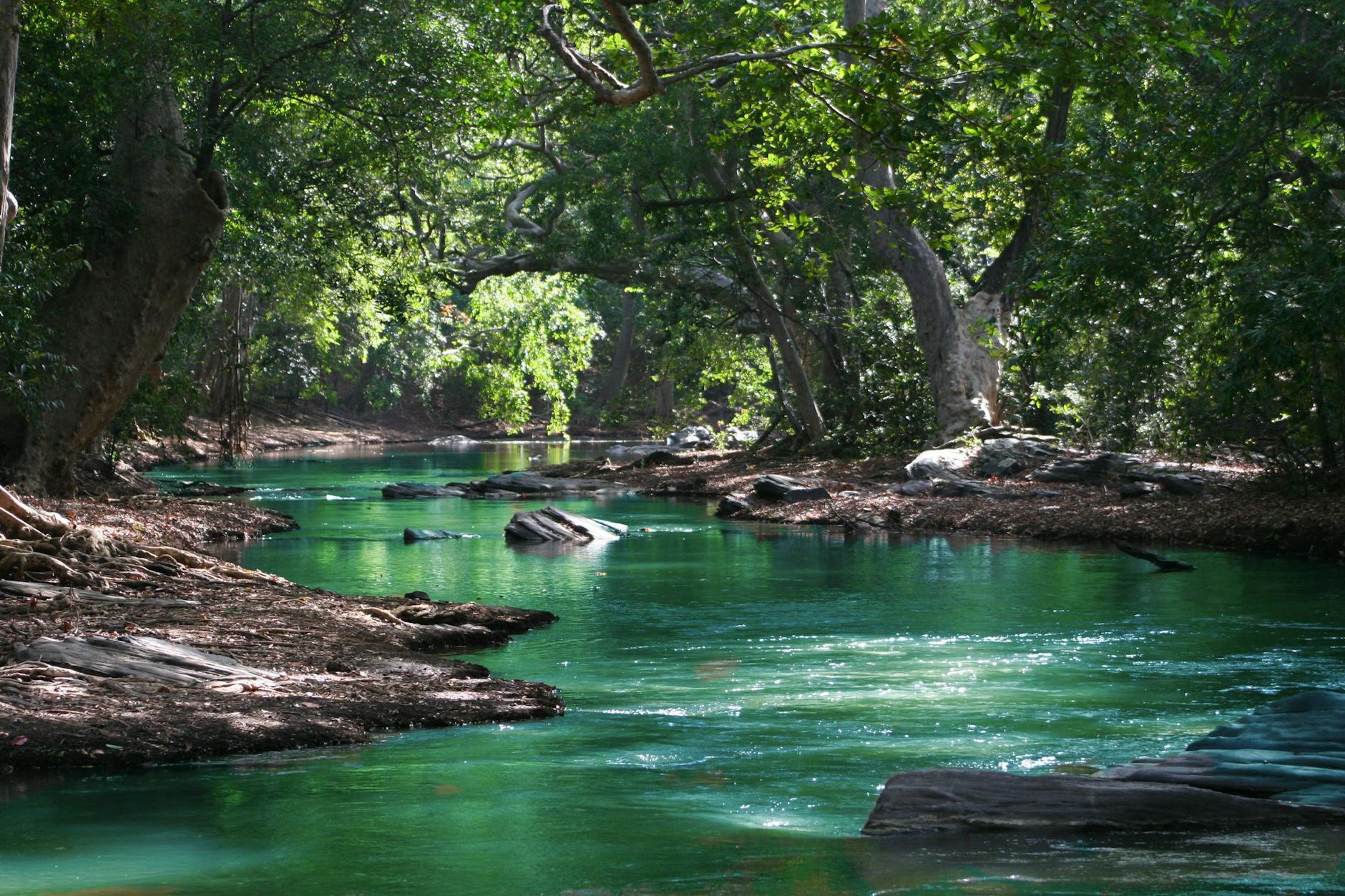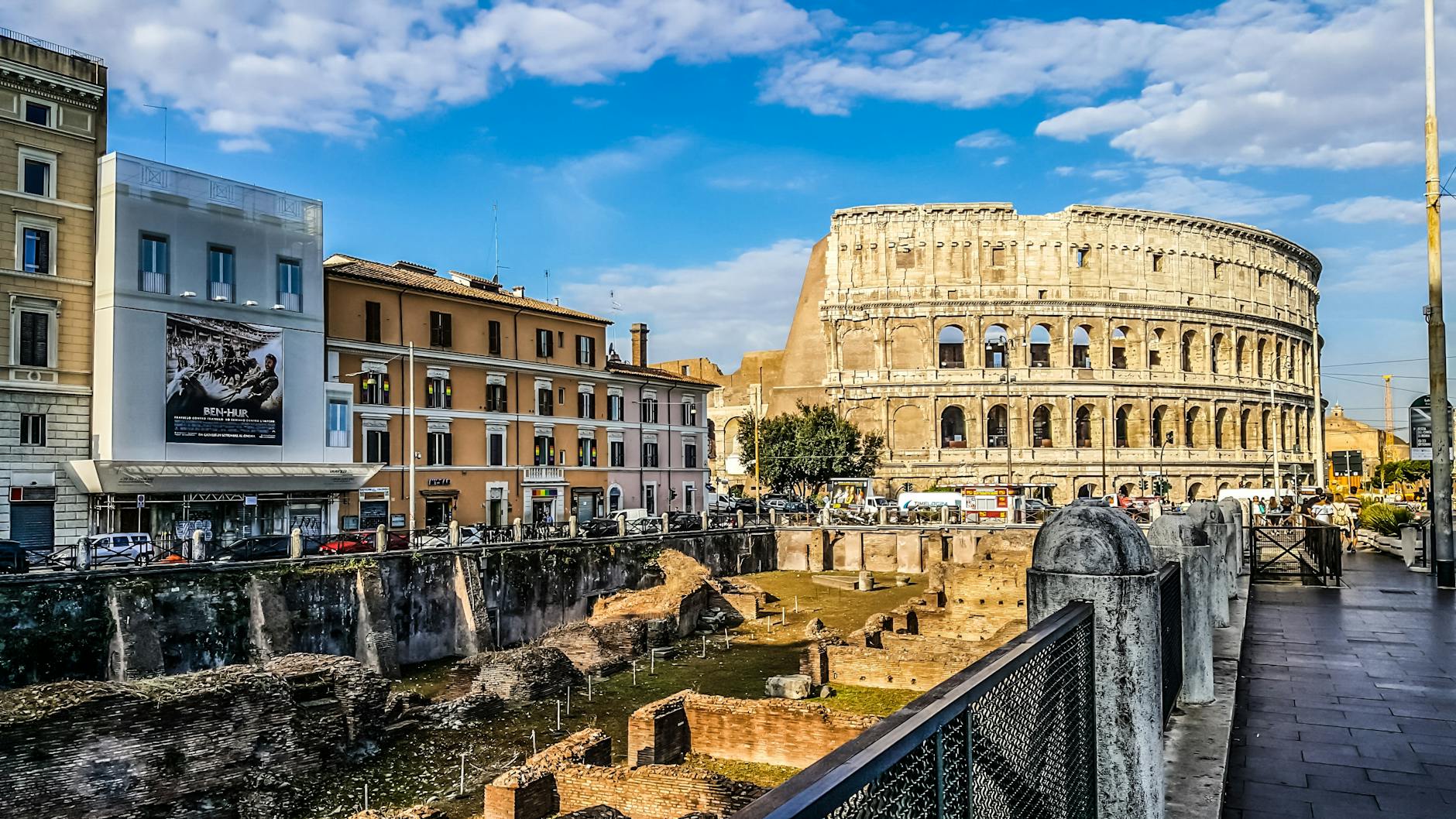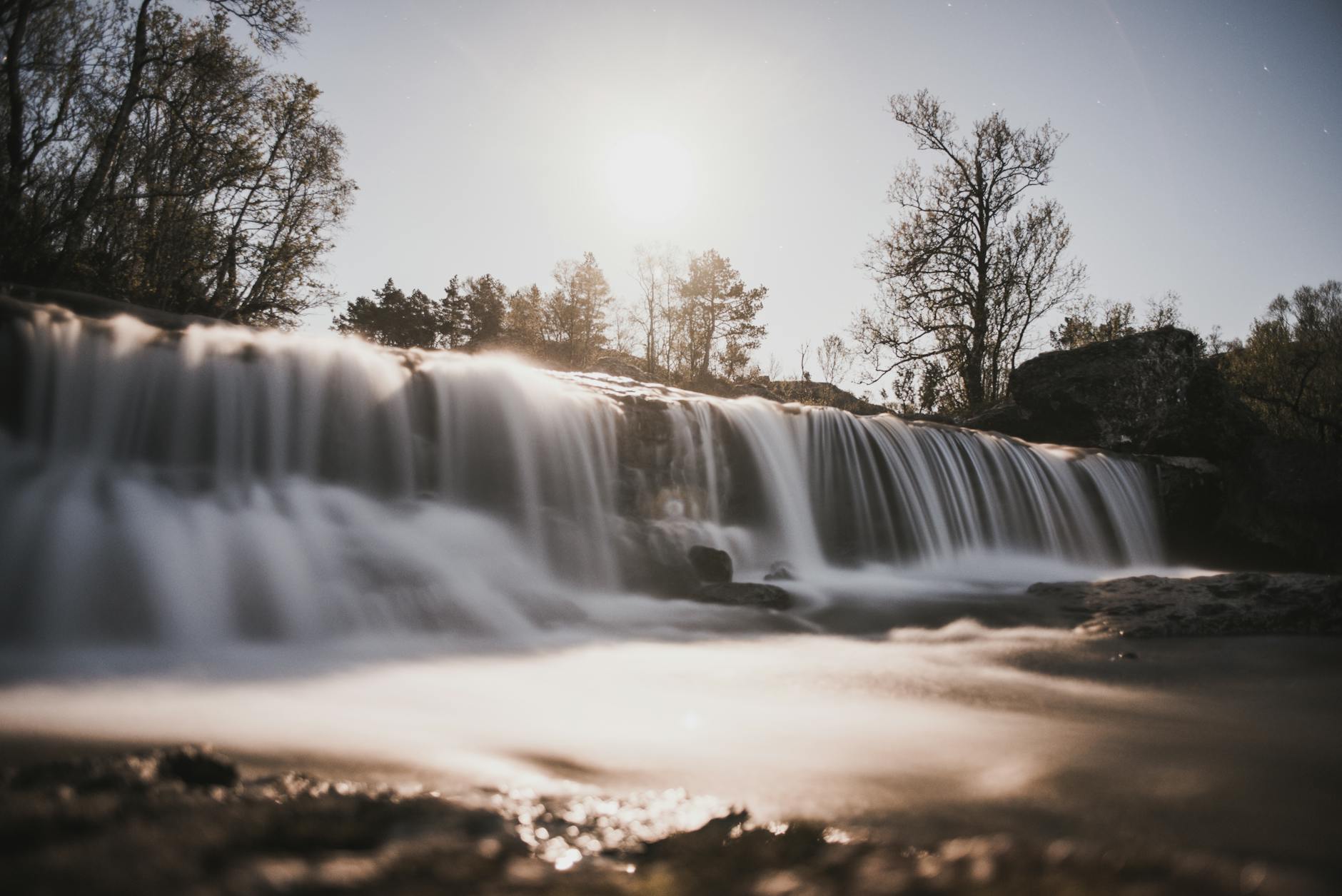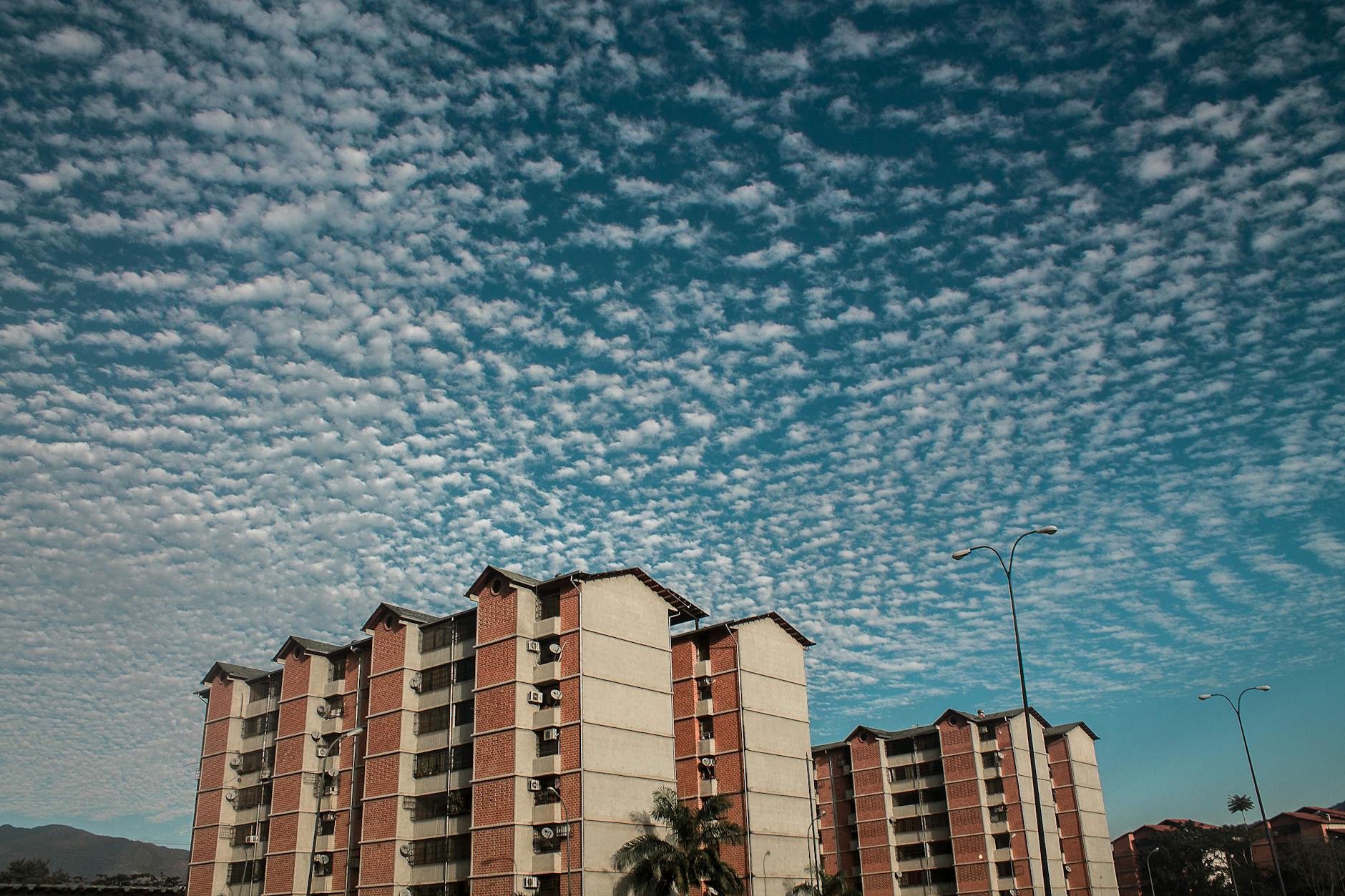How to Plan a Wildlife Photography Trip in Australia

Choosing the Right Destinations
Embarking on journeys to biodiverse regions can immerse you in breathtaking landscapes, teeming with wildlife that captures the imagination. Selecting the ideal destination goes beyond mere visuals; it involves understanding the intricate ecosystems at play. As we dive into some of the most biodiverse spots on earth, consider quintessential locations like the Galapagos, where Galapagos tours have refined the art of sustainable exploration. This archipelago offers pristine scenery and a staggering array of unique species, vital for any wildlife photography expedition.
Exploring Kenya, known for its extraordinary wildlife, you can engage in immersive Kenya tours that balance wildlife admiration with ecological mindfulness. The savannas present not just a treat to the eyes but a classroom for wildlife behavior, ideal for practising photography techniques learned from ventures in local wildlife havens such as Melbourne Zoo's conservation programs.
However, photographing wildlife isn’t just about the destination; timing is equally crucial. Seasonal wildlife patterns dictate the most opportune moments to capture unique behaviors, like the migration of the Wildebeest in Kenya or nesting periods of the giant tortoises in the Galapagos. Understanding these seasonal rhythms can significantly enhance your photography portfolio, offering shots that could rival those captured in iconic settings like the Royal Botanic Gardens Victoria. For environmentally conscious photographers like you, choosing the right destination is about capturing the image and preserving the moment, ensuring that future generations can enjoy these experiences too.
Planning an Eco-Friendly Itinerary
Creating an eco-friendly itinerary requires thoughtful consideration, especially when encouraging exploration of destinations like Namibia that are rich in wildlife and natural beauty. Start with reducing your carbon footprint by opting for overland travel where possible instead of flights. This not only minimises emissions but offers unique opportunities for immersive experiences in locations like the vast deserts and rugged coastlines of Namibia.
When selecting accommodations, prioritize options known for their sustainability initiatives, such as eco-lodges that utilise renewable energy or contribute to local conservation efforts. Aim to partner with travel providers who value conservation, perhaps those aligned with initiatives like the Melbourne Zoo's conservation programs.
Incorporating conservation activities into your plan is another crucial step. Participating in local conservation projects, such as wildlife monitoring or habitat restoration, enriches your trip and supports the preservation of the environment. Engaging in these activities not only aligns with eco-friendly practices but also deepens your connection to the local ecology.
As nature photography enthusiasts, you can further enrich your travel experience by photographing the vibrant biodiversity responsibly. When planning Namibia tours, incorporate visits to protected areas with guided tours led by local experts who can explain the delicate balance between tourism and conservation.
Finally, remember to share your experiences and wildlife photography techniques with others, helping to promote awareness about sustainable travel practices. This contributes to a collective effort in appreciating and protecting our planet's incredible biodiversity.
Essential Photography Gear
Camera and Lens Recommendations
When venturing into the lush landscapes of Tanzania tours, having the right photography gear is crucial to capturing the most vivid parts of nature. As a nature photography expert from Melbourne, I recommend investing in a high-quality DSLR or mirrorless camera with quick autofocus capabilities. Paired with a versatile 24-70mm lens, you'll be well-prepared for both sweeping vistas and closer wildlife shots. For those wishing to specialise in wildlife photography, a telephoto lens such as a 70-200mm can bring distant subjects into sharp focus without disturbing their natural habitat.
Gear for Different Environments
Different environments demand gear modifications to ensure you’re ready for whatever nature throws your way. Equip your camera with a sturdy, weather-sealed bag to protect against dust and moisture. In rocky terrains, like those often traversed on eco-friendly Tanzania tours, a tripod featuring a ball head offers stability and flexibility. Additionally, carrying a portable charger ensures that you never miss a moment due to a dead battery, crucial in remote areas where power sources are scarce.
Tips for Sustainable Photography
As photographers, we should always aim to minimise our environmental footprint. Techniques such as the use of natural light over flashes help maintain the integrity of wildlife and their habitats. Recycling materials, like using an eco-friendly camera strap, aligns beautifully with principles observed at the Royal Botanic Gardens Victoria, where conservation efforts are paramount. Remember to always tread lightly and leave each location as pristine as you found it.
Field Techniques
Capturing Ethical Wildlife Shots
In the world of wildlife photography, capturing ethical shots is not just about photographic prowess, but also about respecting nature. For environmentally conscious photographers, understanding the landscape and its inhabitants is crucial. In locations like a Namibia safari, practising patience is essential. By maintaining a respectful distance, using telephoto lenses, and resisting the urge to manipulate or disrupt natural behaviours, you ensure that your presence leaves a minimal impact. Ethical photography stays true to nature, capturing moments as they unfold organically.
Understanding Animal Behavior
A keen eye for observing animal behaviour can greatly enhance your wildlife photography. For example, comprehending the subtle movements of a herd or the hunting techniques of predators allows you to anticipate scenes worth capturing. Observations at local conservation programs, such as those at the Melbourne Zoo, can be invaluable in this regard. These insights empower photographers to time their shots for dramatic effect while maintaining the integrity of the scene and the welfare of the wildlife.
Navigating Various Terrains
When it comes to navigating diverse terrains, preparation is key. Whether you're trekking through the dense bushlands of Yarra Bend Park or the arid deserts of Namibia, understanding your environment is critical. Equip yourself with maps and local guides, and be aware of the specific challenges each landscape presents. Use the terrain to your advantage, employing techniques like low-angle shots to highlight the majesty of the surroundings and create compelling compositions. This approach not only enhances the visual impact of your photos but also deepens your connection with the environment.
Practical Application and Next Steps
Tune Your Eye in Varied Light Conditions
Enhancing your skills as a nature photographer involves honing your ability to adapt to different light conditions. In Melbourne, with its diverse range of environments such as the Royal Botanic Gardens Victoria and vast open spaces, you can experiment with various lighting scenarios. Morning light at birdwatching spots like Yarra Bend Park is ideal for capturing birds displaying vibrant plumage. Conversely, the dimmer, softer tones of dusk can be perfect for wildlife photography techniques that incorporate silhouettes and mood.
Master Patience and Timing
Understanding the rhythm and patterns of the natural world is crucial. Spend time at places like Melbourne Zoo's conservation programs, where you can observe and photograph animals in naturalistic settings. Waiting for the perfect moment when an animal exhibits a unique behaviour or when the natural light aligns perfectly is often the key to creating compelling photographs.
Commit to Ethical Photography Practices
As environmentally conscious photographers and wildlife enthusiasts, it's vital to adhere to ethical standards. This includes maintaining a respectful distance from wildlife, minimising disruption to their habitats, and avoiding harm. When planning your photo sessions, ensure that your presence leaves minimal impact on the environment.
Continuous Learning and Community Engagement
Join local photography clubs and participate in workshops and seminars focused on nature photography to further your expertise. Engage with fellow photographers at the Royal Botanic Gardens Victoria or during visits to Melbourne Zoo's conservation programs to exchange insights and experiences. These connections will not only enrich your skills but also connect you with a community passionate about preserving nature through photography.


